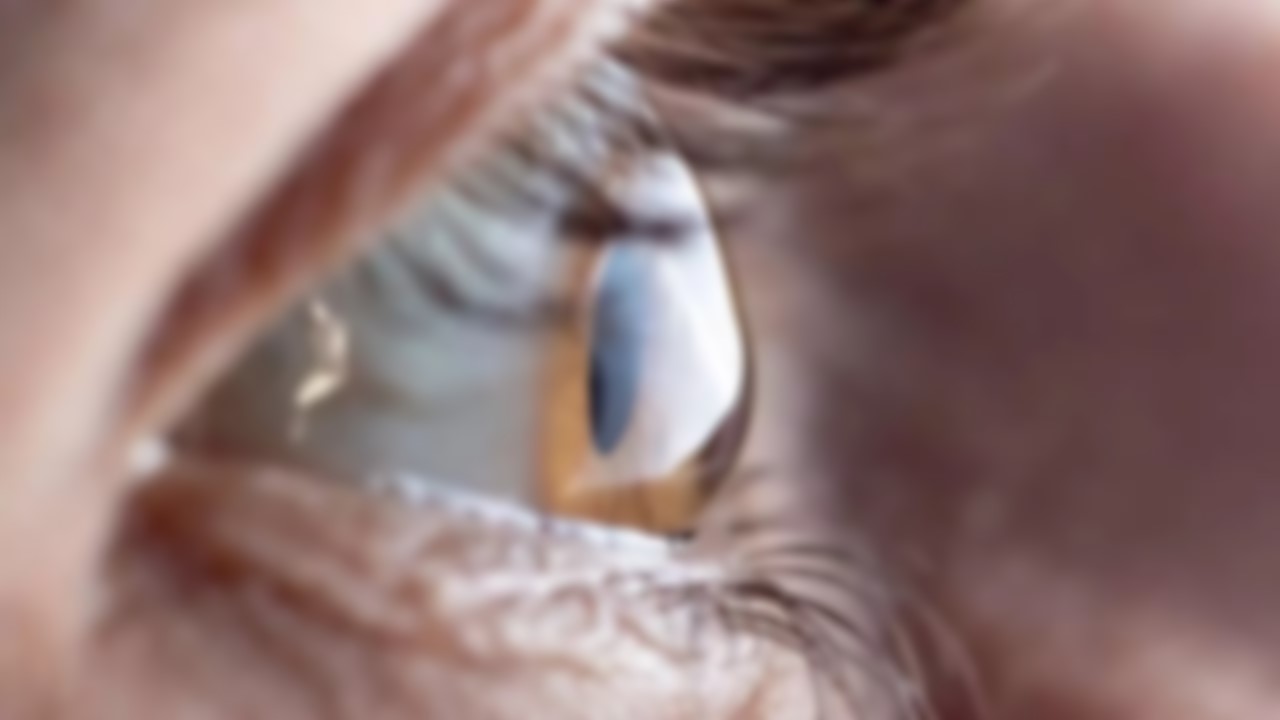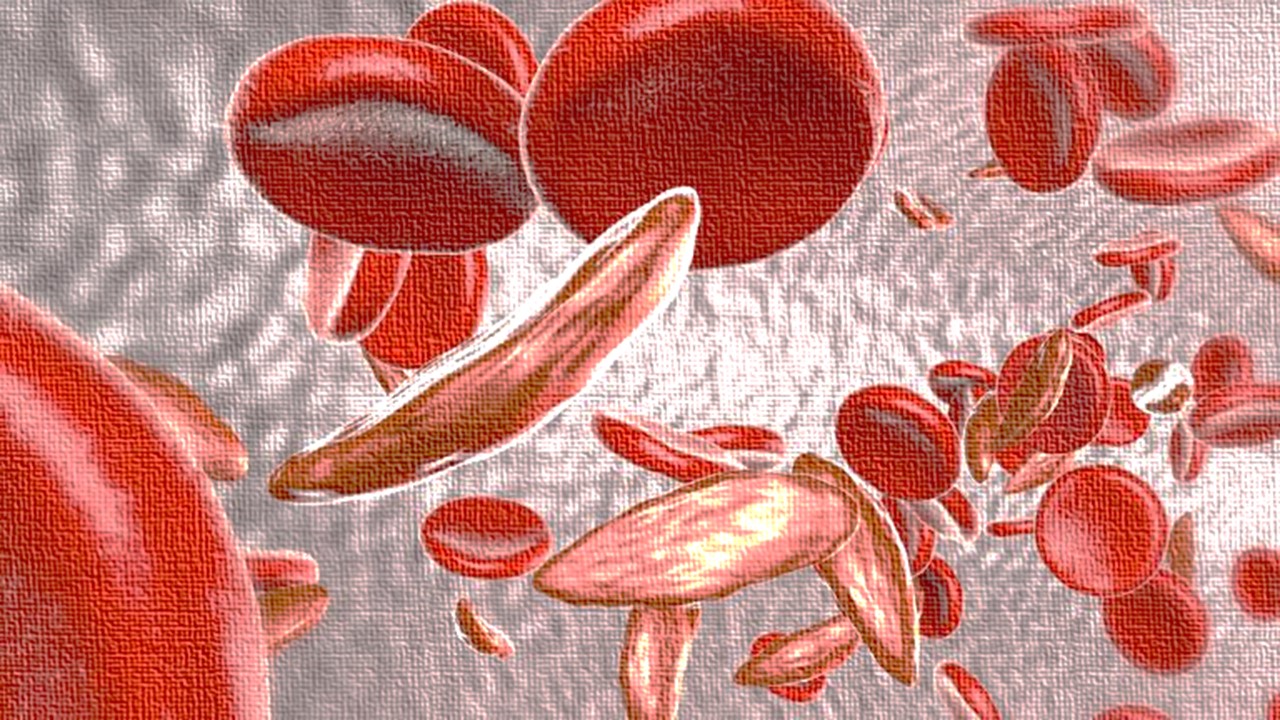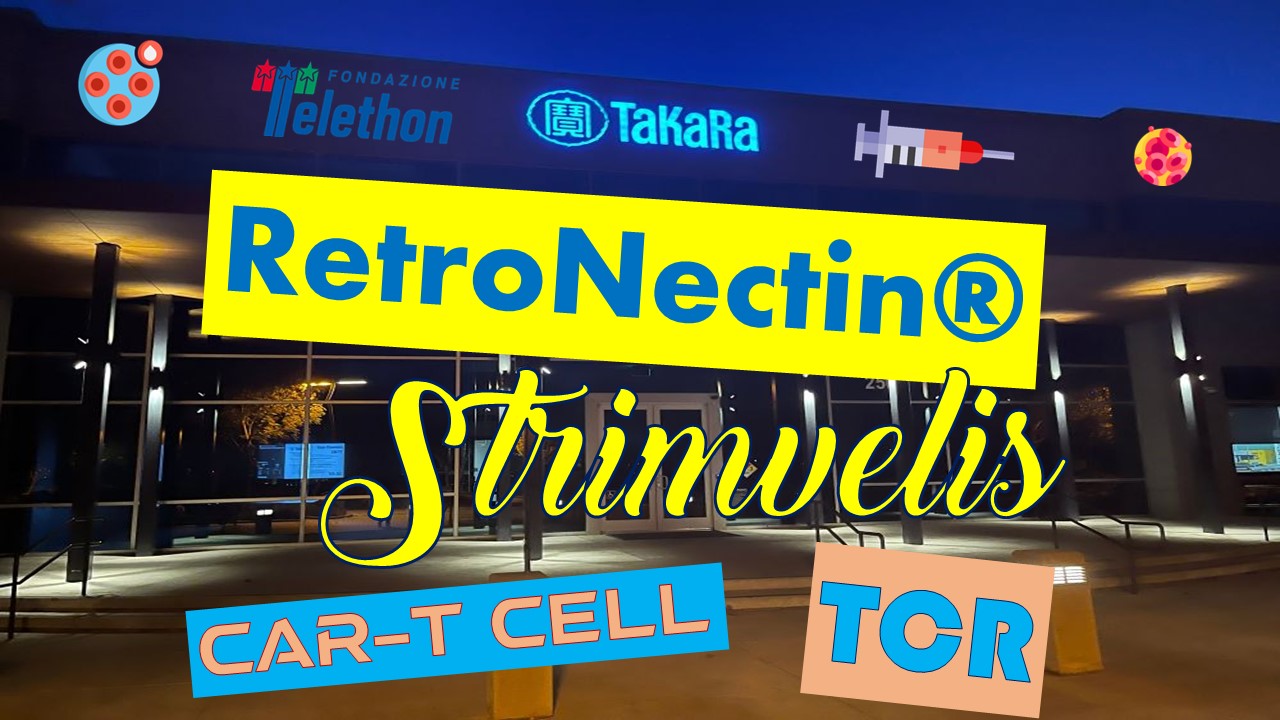Young babies and newborn mice possess a remarkable ability to heal damage to the bones that form the top of the skull. However, this regenerative capacity is lost in adults. In a recent study published in the Proceedings of the National Academy of Sciences, a team of researchers from the University of Pittsburgh unveiled an innovative technique that triggered bone regeneration in adult mice. By gently stretching the skull along its sutures, they activated skeletal stem cells, leading to the repair of skull damage that would otherwise remain unhealed. This groundbreaking research paves the way for potential future therapies for bone regeneration in humans, offering hope for individuals suffering from trauma, congenital defects, or bone-related diseases.
Unveiling the Regenerative Potential
The inspiration for this study originated from the observation that babies possess a unique ability to regenerate bone defects in the calvarial bones of the skull. The researchers postulated that the unfused sutures, where stem cells reside, could be the key to unlocking this regenerative capacity. To test their hypothesis, they employed a bone distraction device, reminiscent of an orthodontic wire used in realigning teeth, to apply controlled tension to the calvarial bones of adult mice. The goal was to slightly widen the sutures without causing fractures.
Proliferation of Skeletal Stem Cells
Using advanced techniques such as single-cell RNA sequencing and live-imaging microscopy, the researchers discovered a significant increase in the number of stem cells within the expanded sutures of the treated mice. In fact, the stem cell population quadrupled, indicating the successful activation of the stem cell niche. This crucial finding supports the notion that the expansion of sutures can effectively boost the healing capacity of bone defects.
Regeneration Beyond the Sutures
An exciting outcome of the study was the observation that the defect could heal even if it was located away from the suture. This finding suggests that the activation of the stem cell niche has a broader impact on bone regeneration. By effectively stimulating the stem cells, it becomes possible to sustain the regenerative process and promote healing, even in areas where the natural regenerative capacity may have been compromised.
Limitations and Future Directions
While the technique demonstrated promising results in skeletally mature mice, it proved ineffective in middle-aged rodents. This disparity highlights the challenges that need to be addressed to enable successful bone regeneration in older individuals. Overcoming this hurdle will be a primary focus of future research efforts.
Beyond Skull Injuries: Expanding Therapeutic Possibilities
Current treatments for skull injuries often involve bone grafts or the implantation of biomaterial scaffolds, but these approaches are not always effective and carry inherent risks. The findings from this study present an opportunity to explore novel therapeutic avenues not only for skull injuries but also for fractures in long bones such as the femur. Bone distraction devices, already used in the treatment of craniosynostosis, could potentially be adapted to promote bone regeneration, opening doors for future clinical trials.
Exploring Alternative Approaches
In addition to mechanical stimulation, the researchers are also investigating non-mechanical methods to activate skeletal stem cells. Medications and other innovative techniques may hold the key to unlocking the regenerative potential of these cells, providing alternative pathways to facilitate bone healing.
Collaborative Efforts and Future Implications
The study involved collaborations between researchers from the University of Pittsburgh, Harvard School of Dental Medicine, Imam Abdulrahman Bin Faisal University, Massachusetts General Hospital, Seattle Children’s Research Institute, and the University of Washington. This interdisciplinary approach allowed for a comprehensive exploration of the topic, bringing together diverse expertise in regenerative medicine, dentistry, and molecular biology.
Conclusion
The study published in the Proceedings of the National Academy of Sciences demonstrates the exciting potential of expanding sutures to induce the proliferation of skeletal stem cells and promote endogenous bone regeneration. By harnessing the body’s own healing capacity, researchers are paving the way for the development of novel therapeutic approaches to treat bone injuries and defects. While further research is required to address the limitations and explore alternative methods, this study represents a significant step forward in regenerative medicine, offering hope for improved outcomes and enhanced quality of life for patients in need.
Study DOI: 10.1073/pnas.2120826120
Subscribe
to get our
LATEST NEWS
Related Posts

Cell & Gene Therapy
Eyeing the Future: Stem Cells and the Promise of Corneal Restoration
By reducing dependency on donor tissues and minimizing immunosuppressive demands, iCEPS has the potential to redefine LSCD treatment.

Cell & Gene Therapy
A Cure in the Code: How Gene Editing is Transforming the Fight Against Sickle Cell Disease
BIVV003’s success highlights gene editing’s potential to treat genetic disorders at their root, offering hope for other conditions.
Read More Articles
Myosin’s Molecular Toggle: How Dimerization of the Globular Tail Domain Controls the Motor Function of Myo5a
Myo5a exists in either an inhibited, triangulated rest or an extended, motile activation, each conformation dictated by the interplay between the GTD and its surroundings.
Designing Better Sugar Stoppers: Engineering Selective α-Glucosidase Inhibitors via Fragment-Based Dynamic Chemistry
One of the most pressing challenges in anti-diabetic therapy is reducing the unpleasant and often debilitating gastrointestinal side effects that accompany α-amylase inhibition.













